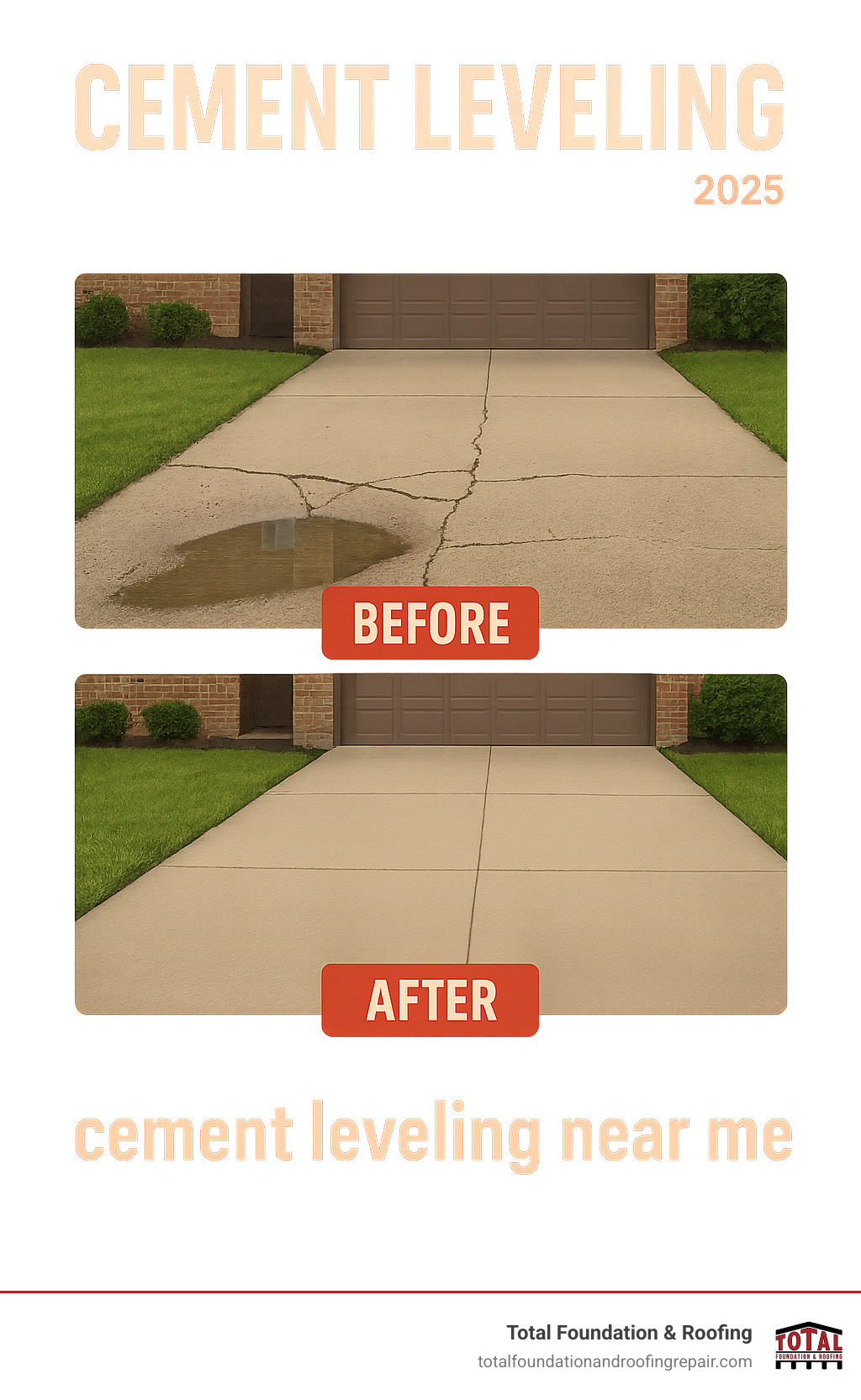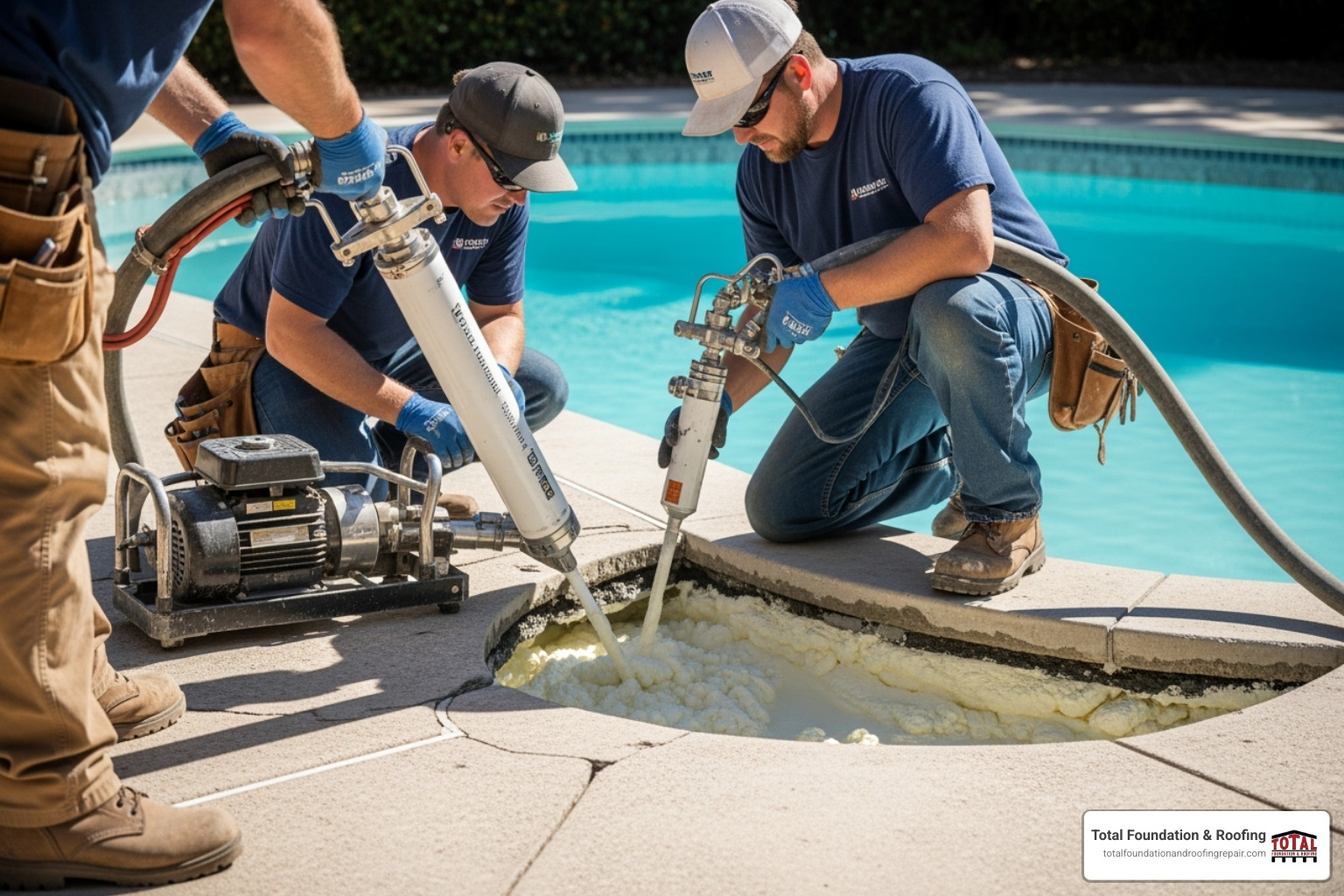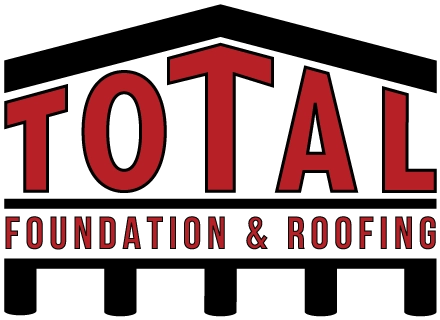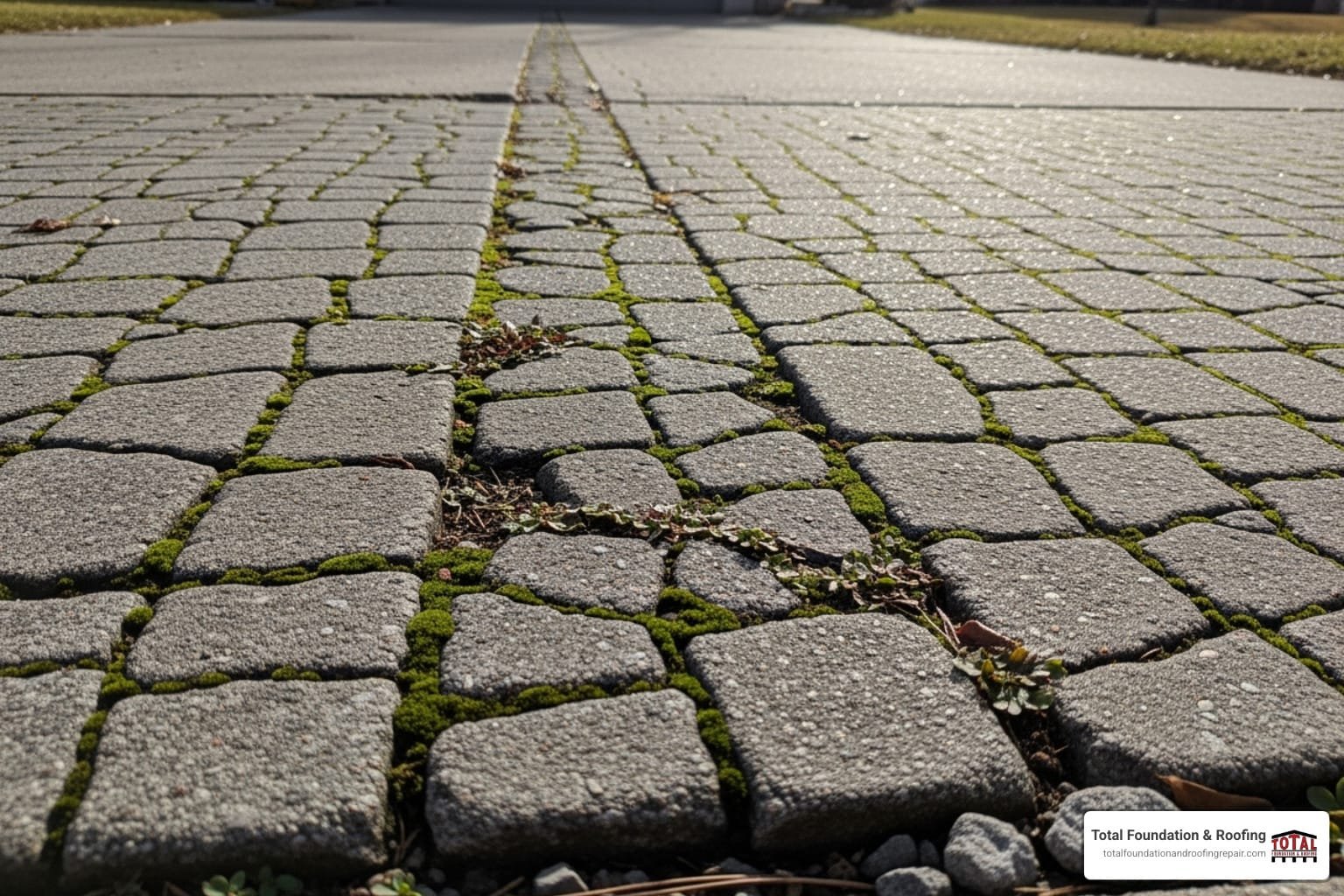Table of Contents
ToggleWhy Your Concrete Needs Leveling Now
If you’re searching for cement leveling near me, you’re likely dealing with sunken, cracked, or uneven concrete around your home or business. You need a fast, effective solution. The good news is, fixing these issues is often quicker and more affordable than you think.
Here’s why concrete leveling is often your best move:
- Saves Money: It can cost up to 70% less than replacing your concrete.
- Saves Time: Most jobs finish in just a few hours.
- Instant Use: Surfaces are usually ready to use minutes after leveling.
- Boosts Safety: It removes dangerous tripping hazards.
- Improves Looks: Your property gets a quick curb appeal upgrade.
For homeowners and business owners seeking reliable and lasting solutions, understanding your options for professional concrete repair is crucial. When it comes to cement leveling near me, you’re looking for expert concrete leveling services that protect your property’s value and safety. We believe in providing our clients with honest assessments and top-quality work, ensuring your investment in your property’s stability is well-placed. For all your foundation and concrete needs, including reliable foundation and concrete solutions in the Texas Hill Country, you need a team you can trust.
“I just wonder why we didn’t do it sooner!” That’s what many of our clients say after seeing their concrete restored.
I’m Daniel Sowell, owner of Total Foundation & Roofing Repair, LLC. With over 18 years in the industry, my team and I specialize in foundation solutions and expert cement leveling near me in the Kerrville area and throughout the Texas Hill Country.

What is Concrete Leveling and Why Do You Need It?
Concrete leveling, also known as slab jacking or concrete lifting, is a specialized process designed to raise sunken concrete slabs back to their original position. Instead of ripping out and replacing damaged concrete, we strategically inject a material beneath the slab to fill voids, stabilize the underlying soil, and gently lift the concrete back into place. It’s like giving your concrete a second chance!
So, why do concrete slabs end up sinking or cracking in the first place? It’s a question we get all the time, and the answer often lies beneath the surface. Concrete, despite its incredible durability, is only as stable as the ground it rests on. Here are the main culprits:
- Soil Erosion and Shifting: The soil underneath your concrete is constantly changing. Heavy rainfall can cause soil to soften, weaken, or even wash away, creating voids beneath the slab. Think of it like a sandbox that slowly drains away beneath a toy car.
- Droughts and Soil Shrinkage: Conversely, prolonged droughts, common in the Texas Hill Country, can cause expansive clay soils to shrink significantly. This shrinkage leaves empty spaces, or voids, that the concrete can then settle into.
- Poor Compaction During Construction: Sometimes, the soil used as backfill during construction isn’t properly compacted. Over time, this loose soil naturally settles, leading to voids and, eventually, sinking concrete.
- Fluctuations in Moisture Content: The continuous cycle of wetting and drying the soil beneath your concrete can lead to constant expansion and contraction, which puts stress on the slab and contributes to settlement.
When concrete sinks or cracks, it creates a whole host of problems. Most obviously, it forms dangerous tripping hazards that can lead to falls and injuries. Beyond safety, uneven concrete can lead to water pooling, which can cause further erosion, damage to your landscape, and even direct water towards your home’s foundation, potentially leading to more significant and costly foundation issues. Visually, it detracts from your property’s curb appeal and can significantly reduce its value. By leveling your concrete, we eliminate these hazards, prevent water damage, protect your foundation, and improve the overall aesthetics and value of your property.
The Telltale Signs Your Concrete Needs Leveling
It\u2019s easy to spot the signs that your concrete might be in distress. Keep an eye out for these telltale indicators:
- Cracks in Slabs: Not just hairline cracks, but larger, irregular cracks that indicate movement or stress.
- Uneven Surfaces Between Sections: If one slab is noticeably higher or lower than an adjacent one, you\u2019ve got a problem. This is a classic tripping hazard.
- Water Pooling After Rain: If puddles form consistently on your patio, driveway, or walkway after it rains, it means the surface isn’t draining properly, often due to sinking.
- Hollow Sounds When Tapped: If you tap on the concrete with a hammer or your foot and hear a hollow sound, it suggests there’s a void beneath the slab.
- Steps Pulling Away from Porch: Concrete steps that have settled can separate from the main porch structure, creating gaps.
- Driveway Sinking Near Garage: A common issue where the driveway settles closest to the garage, creating a lip or slope.
The Modern Methods: Polyurethane Foam vs. Traditional Mudjacking
When homeowners search for cement leveling near me, they’re often surprised to learn there are two main approaches to fixing sunken concrete. Think of it like choosing between a precision tool and a sledgehammer – both can get the job done, but one does it with much more finesse.
Polyurethane foam injection represents the modern approach to concrete leveling. We start by drilling small, penny-sized holes – just 5/8-inch in diameter – through your sunken concrete slab. Then comes the magic: we inject a lightweight, high-density polyurethane foam through these tiny holes. This two-part polymer foam expands rapidly once it’s underground, filling every void beneath your slab and gently lifting the concrete back to where it belongs. But it doesn’t stop there – the foam also compacts and stabilizes the loose soil around it, creating a rock-solid foundation for years to come.
Traditional mudjacking takes a different route. This older method uses a grout slurry – basically a thick mixture of water, cement, soil, and other additives. We pump this slurry under high pressure through much larger holes (typically 1-inch or bigger) drilled into your concrete. The pressure forces the slurry into the voids and lifts the slab. While mudjacking has been around for decades and can be effective, it’s generally a heavier, messier process that takes longer to complete.
Here’s how these two methods stack up against each other:
| Feature | Polyurethane Foam Leveling | Mudjacking (Grout Leveling) |
|---|---|---|
| Hole Size | Small (typically 5/8-inch) | Larger (typically 1-inch or more) |
| Material Weight | Lightweight (2-4 lbs per cubic foot) | Heavy (100-150 lbs per cubic foot), adds significant load to soil |
| Cure Time | Minutes (90% firmness within minutes) | Hours to days, depending on mix; full cure can take longer |
| Invasiveness | Minimally invasive, cleaner process | More invasive, can be messy, requires larger equipment |
| Durability | Waterproof, resistant to erosion, strong and stable | Can be susceptible to erosion, material can shrink over time |
| Environmental Impact | Inert once cured, less material needed | Can be more disruptive to surrounding landscape, more material volume |
For those who want to dive deeper into the technical side of concrete leveling, Wikipedia’s concrete leveling entry offers additional insights into these methods.
Why Polyurethane Foam is Often the Superior Choice
While both methods can lift your concrete, we’ve found that polyurethane foam leveling usually wins the day for homeowners seeking cement leveling near me. Here’s why this modern approach often comes out on top:
Quick curing means you’re back in business fast. Within minutes of injection, your concrete surface is ready to handle foot traffic, and you can drive on it almost immediately. Compare that to mudjacking, where you might wait hours or even days before you can use the surface again. For busy families, this difference is huge.
Minimal disruption keeps your property looking great. Those tiny 5/8-inch holes are barely noticeable and require minimal patching. The larger holes needed for mudjacking are more obvious and take more work to patch properly. Your neighbors might not even realize we were there!
Waterproof material tackles the root problem. The closed-cell structure of polyurethane foam creates a waterproof barrier that prevents future water infiltration and erosion beneath your slab. This is crucial because water is often what caused your concrete to sink in the first place. Mudjacking materials can be more susceptible to water damage over time.
Lightweight foam won’t overburden your soil. Here’s something many people don’t consider: adding 100-150 pounds per cubic foot of mudjacking material to already unstable soil can actually create new problems down the road. Polyurethane foam weighs just 2-4 pounds per cubic foot, so it lifts your concrete without adding stress to the underlying soil.
The precision and control we get with polyurethane foam injection also means we can achieve a more even, stable repair. It’s like the difference between using a fine brush versus a paint roller – both apply paint, but one gives you much better control over the final result.
The Perks and Process of Professional Concrete Leveling
When you’re dealing with sunken concrete, you have two main options: replace it entirely or level it professionally. For most homeowners searching for cement leveling near me, the choice becomes clear once you understand the incredible benefits of leveling.
Cost savings are the biggest eye-opener. Professional concrete leveling can save you up to 70% compared to full replacement. Instead of spending thousands on demolition, removal, and new concrete, you’re investing in a proven solution that restores your existing slabs. That’s money back in your pocket for other home improvements!
Time efficiency is another game-changer. Most concrete leveling jobs wrap up in just a few hours, not the days or weeks required for replacement. We’re talking about a morning appointment that has you walking on level concrete by lunch. No waiting for concrete to cure, no disruption to your daily routine.
The environmental benefits feel good too. By choosing leveling over replacement, you’re keeping tons of concrete out of landfills and reducing the carbon footprint associated with manufacturing new concrete. It’s a win for your wallet and the planet.

Process Overview: What to Expect
Our concrete leveling process is designed around efficiency and precision. Here’s exactly what happens when our team arrives at your property:
On-site evaluation comes first. We thoroughly inspect your concrete, identify settlement patterns, and determine what’s causing the problem underneath. This isn’t a quick glance – we’re creating a personalized plan that addresses your specific situation and soil conditions.
Drilling injection holes is surprisingly neat. We drill small, strategically placed holes about the size of a penny through the sunken concrete. These holes are so small that once patched, they’re barely noticeable. No jackhammering, no mess, no drama.
Pumping material is where the magic happens. Using specialized equipment, we inject polyurethane foam beneath the slab. As the foam expands, it fills voids and gently lifts the concrete back to its proper level. Our experienced technicians monitor every inch of the lift to ensure precision.
Patching holes creates a seamless finish. Once your concrete is perfectly level, we patch those small injection holes with non-shrink grout that blends seamlessly with your existing surface. You’ll have to look hard to see where we worked.
Final cleanup leaves your property spotless. We clean up completely, leaving you with restored concrete that’s ready for immediate use. No construction debris, no lingering mess – just level, safe concrete.
What Types of Concrete Surfaces Can Be Leveled?
The versatility of concrete leveling means we can tackle almost any concrete surface around your property. Whether it’s a high-traffic area or a decorative feature, if it’s concrete and it’s sinking, we can likely bring it back to life.
Concrete driveways and steps are among our most common projects. Vehicle weight and shifting soil make these areas particularly susceptible to settlement, but leveling restores both safety and curb appeal quickly.
Interior floor slabs in garages, sunrooms, or basements benefit tremendously from leveling. These spaces become much more functional and comfortable when the floors are even and stable.
Concrete pool decks and surrounds create serious safety hazards when they sink. Leveling eliminates tripping risks and improves drainage around your pool area.
Patios and landings are where families gather and entertain. Leveling these outdoor living spaces restores their beauty and functionality, making them safe and enjoyable again.
Sidewalks and walkways pose liability concerns when uneven. Professional leveling eliminates tripping hazards on both public and private pathways.
Garage floors that have settled can damage vehicles and make the space difficult to use. Leveling creates a smooth, functional surface that protects your investments.
For larger commercial applications, concrete leveling even works on airport runways – though we focus on residential and commercial properties here in the Texas Hill Country!
You can see real examples of our successful changes in our project gallery to witness the dramatic before-and-after results for yourself.
Finding Reputable Cement Leveling Near Me: A Homeowner’s Checklist
When you’re searching for cement leveling near me, you’re not just hiring a service – you’re choosing a partner to restore your property’s safety and value. Finding the right contractor can feel overwhelming, but it doesn’t have to be. The key is knowing what to look for and asking the right questions.
Local expertise matters more than you might think. Here in the Texas Hill Country, our unique soil conditions and weather patterns create specific challenges that not every contractor understands. Clay soils that expand and contract with moisture changes, combined with our cycles of drought and heavy rain, require specialized knowledge and experience.
Start your search by researching contractors online. Look for companies with a strong local presence and genuine customer reviews. Pay attention to what past clients say about their professionalism, communication, and the quality of their work. Red flags include contractors who go door-to-door after storms or pressure you to sign immediately.
Verifying license and insurance is absolutely non-negotiable. Any reputable contractor will gladly provide proof of both. This protects you if something goes wrong during the project. Don’t skip this step – it could save you thousands in liability.
Ask for local references from recent projects. A confident contractor will be happy to connect you with satisfied customers in your area. These conversations can give you real insights into what it’s like to work with the company.
Look for contractors who understand local soil conditions. The Texas Hill Country’s expansive clay soils behave differently than other regions. Your contractor should be able to explain how these conditions affect your concrete and why they’re recommending a specific solution.
Check for professional affiliations like memberships in industry organizations or programs like RenoMark. These affiliations often indicate a commitment to higher standards and ongoing education.
How to Choose the Best Company for Cement Leveling Near Me
Once you’ve identified potential contractors, it’s time to dig deeper. Compare multiple quotes, but the cheapest option isn’t always the best value. A rock-bottom price might mean corners will be cut or inferior materials used.
Read contracts carefully before signing anything. Make sure you understand exactly what work will be performed, what materials will be used, and what’s covered by any warranties. Don’t be afraid to ask questions if something isn’t clear.
Understand the proposed method and why it’s recommended for your specific situation. A good contractor will explain whether they’re using polyurethane foam or traditional mudjacking, and why that method is best for your concrete.
Inquire about crew experience. How long has the team been doing this work? Are they trained on the specific equipment and materials being used? Experience matters when it comes to getting precise, lasting results.
Look for a strong local reputation built on years of quality service. Companies that have been serving the same community for years have a vested interest in maintaining their reputation. For more guidance on choosing the right contractor, check out our tips for hiring a contractor in Fredericksburg.
Key Questions to Ask Your Local Contractor
During your consultation, these questions will help you evaluate whether a contractor is right for your project:
“What leveling method do you recommend for my situation and why?” Listen for a clear explanation of polyurethane foam versus mudjacking and their reasoning. They should be able to explain the pros and cons of each method for your specific concrete issue.
“Do you provide a warranty for your work?” A good warranty shows confidence in their service and materials. Ask what’s covered, for how long, and whether the warranty is transferable if you sell your home.
“Can I see examples of your previous jobs?” Look for before-and-after photos or ask if you can drive by completed projects. This gives you a real sense of their work quality and attention to detail.
“How long will the process take and when can I use the surface?” With polyurethane foam, you should be able to use the surface within minutes. If they’re quoting longer cure times, find out why.
“Is your team licensed and insured?” This is crucial for your protection and peace of mind. Don’t work with anyone who can’t provide proof of both.
These questions will help you separate the professionals from the pretenders. The right contractor will welcome your questions and provide clear, detailed answers. After all, an informed customer is usually a satisfied customer.
Understanding the Investment: Costs and Warranties
Let’s talk about the elephant in the room – what does cement leveling near me actually cost? While every project is unique and requires an on-site evaluation for accurate pricing, I can share the factors that influence cost and explain why concrete leveling is almost always your smartest financial move.
Think of it this way: you wouldn’t throw away a perfectly good car just because it needs new tires, right? The same logic applies to your concrete. When the foundation is solid but the surface has settled, leveling brings it back to life at a fraction of replacement cost.
Factors Influencing Cost
Several key elements determine your project’s final investment, and understanding these helps you make an informed decision:
Size of the Area plays the biggest role in pricing. A small sidewalk section will naturally cost less than leveling an entire driveway or expansive patio. We measure the square footage and calculate materials accordingly.
Severity of Sinking directly impacts the amount of work required. Minor settling needs less material and time, while significant voids require more foam to fill empty spaces before lifting can begin. It’s like filling a small pothole versus a large crater – both are fixable, but one takes more material.
Voids Under the Slab can vary dramatically. Sometimes we find small gaps, other times extensive hollow areas that need substantial filling. Our initial evaluation helps us estimate this accurately.
Accessibility of the Project Site affects labor costs. A driveway with easy equipment access is straightforward, but a backyard patio requiring us to carry materials through your house will take more time and effort.
Leveling Method Used influences both material and labor costs. While polyurethane foam might cost slightly more per unit than traditional mudjacking materials, its efficiency and precision often make it more economical overall when you factor in speed, durability, and minimal disruption.
Here’s the bottom line: concrete leveling can save you up to 70% compared to full replacement. When you add up demolition, disposal, new materials, labor, and the weeks of disruption replacement involves, leveling becomes a clear winner for your budget and your sanity. For broader insights into foundation-related costs, check out our detailed guide on house leveling costs.
Warranty Information
A trustworthy concrete leveling company doesn’t just fix your problem and disappear – they stand behind their work with solid warranties. When evaluating contractors, here’s what to look for in warranty coverage:
Workmanship Guarantee covers the quality of installation and ensures the job is done right the first time. This protects you if issues arise from improper technique or rushing through the process.
Material Guarantee is especially important for polyurethane foam leveling. Quality materials should perform for decades, and reputable companies offer warranties that reflect this confidence. Many contractors, including our team, provide lifetime warranties on the materials themselves.
Transferable Warranties add significant value if you ever sell your home. New buyers gain peace of mind knowing the concrete repair is guaranteed, which can be a compelling selling point and potentially increase your property value.
We’re proud to offer comprehensive warranties that reflect our confidence in both our methods and materials. When you choose us for your cement leveling near me needs, you’re not just getting a quick fix – you’re investing in a durable, long-term solution backed by our commitment to quality workmanship and customer satisfaction.
Conclusion: Restore Your Concrete and Your Peace of Mind
If you’ve been dealing with uneven, cracked, or sunken concrete around your property, you know how frustrating it can be. It’s not just about looks – though nobody wants an eyesore in their driveway or patio. The real concerns are much deeper: safety hazards that could hurt someone you care about, water damage that creeps up on you, and the slow drain on your property’s value that happens when maintenance gets put off.
But here’s the good news: professional concrete leveling isn’t just a band-aid solution. It’s a smart, lasting fix that addresses the root of the problem while saving you serious money and time.
When you choose concrete leveling over replacement, you’re getting multiple wins. Safety comes first – those dangerous tripping hazards disappear, protecting your family and visitors. Your property’s aesthetics get an instant boost, restoring that clean, well-maintained look that makes you proud to come home. The property value improvement is real and measurable, making this an investment that actually pays you back. And with cost-effectiveness that can save you up to 70% compared to replacement, it’s a financially smart choice that doesn’t break the bank.
Perhaps most importantly, you’re getting a lasting solution to a dangerous problem. With modern methods like polyurethane foam injection, your repair is built to handle whatever the Texas Hill Country throws at it – from our notorious clay soils to our unpredictable weather patterns.
For homeowners in the Texas Hill Country, the certified team at Total Foundation & Roofing offers expert Concrete Leveling Services designed to handle our region’s specific challenges. We’ve spent years learning how local soil behaves, understanding our climate’s unique demands, and perfecting our approach to deliver workmanship that truly lasts.
Don’t wait for a small trip hazard to become a major issue. Those minor cracks and slight settlements have a way of turning into widespread damage when left alone. Take the first step toward a safer, more beautiful property today. Request a Free Estimate to restore the safety and beauty of your property. When you’re searching for cement leveling near me, you deserve a team that treats your home with the same care they’d give their own.





